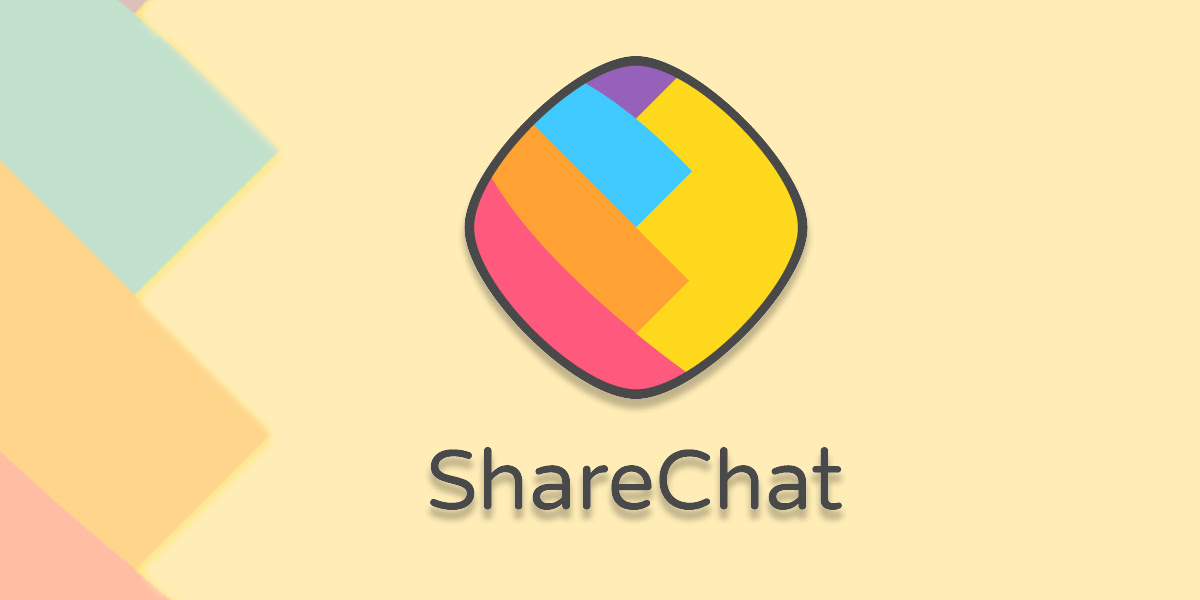How Meesho became Unicorn Company - Its Valued 2.1Billion USD
December 7, 2025
December 26, 2025,8:37:05 PM

ShareChat, India's first vernacular social media platform, was born out of a vision to create an inclusive digital community that catered to the vast linguistic diversity of India. The platform was founded in 2015 by three IIT Kanpur graduates: Ankush Sachdeva, Bhanu Pratap Singh, and Farid Ahsan. These young entrepreneurs identified a gap in India’s social media space—global platforms like Facebook, Instagram, and Twitter were primarily English-dominated, leaving non-English speaking audiences underserved.
The trio, recognizing the cultural richness and linguistic diversity of India, set out to build a social platform tailored for regional language users. Their mission was simple yet revolutionary: empower Indian users to express themselves in their mother tongue. ShareChat quickly gained traction, becoming a crucial platform where millions of Indians could connect, engage, and share content in over 15 Indian languages, including Hindi, Bengali, Tamil, Telugu, Kannada, Marathi, and more.
![]()
At its core, ShareChat operates as a social media platform that allows users to share multimedia content such as images, videos, and status updates in regional languages. What sets ShareChat apart from other social media platforms is its focus on user-generated content in a local context. Unlike the mainstream social networks that dominated urban India, ShareChat tapped into rural and semi-urban markets, reaching the country's vernacular-speaking audience.
Some of the key features that contributed to ShareChat’s meteoric rise include:
Regional Language Support
ShareChat offers a full-fledged user experience in 15+ Indian language
Content Diversity: Users can share memes, participate in viral trends, explore categories like astrology, news, entertainment, devotional content, and health tips, all within their local languages.As of 2024, ShareChat boasts over 450 million registered users across India, with the platform witnessing significant engagement from Tier-II and Tier-III cities. This staggering user base has enabled ShareChat to become one of the largest social media apps in India, often touted as the “Facebook of rural India.”
![]()
ShareChat's rapid user base expansion has led to multiple revenue streams, positioning it as a rising force in India's digital advertising ecosystem. Some of the primary ways ShareChat generates revenue include:
Advertising: Brands targeting regional markets utilize ShareChat’s extensive reach to advertise their products. The platform offers highly customizable ads tailored to local languages, making it a go-to for brands looking to penetrate regional markets.
Sponsored Content: Businesses collaborate with ShareChat influencers to create sponsored posts that resonate with regional audiences. This influencer-driven model has proven to be highly effective, as it fosters genuine engagement between brands and users.
ShareChat Ads Platform: Launched to offer businesses a self-serve platform for advertising, ShareChat allows brands to reach specific user demographics by targeting different languages and regions.
Moj by ShareChat: In 2020, after the Indian government banned TikTok, ShareChat swiftly launched its own short-video platform, Moj, which became a game-changer for the company. Moj has emerged as one of the top competitors in the short-video space, driving revenue through influencer-led promotions, ads, and video content sponsorship.
In 2023, ShareChat and Moj collectively reached a revenue milestone of ₹1000 crore (approx. $122 million USD). The company has been growing its ad business steadily and is exploring newer avenues of monetization, such as in-app purchases, premium content, and subscription models for exclusive content.
![]()
ShareChat has attracted significant attention from both domestic and international investors. In 2021, the company achieved unicorn status (valuation over $1 billion) after raising $502 million in a funding round led by Tiger Global, Twitter, Lightspeed Venture Partners, and Snap Inc. As of 2024, ShareChat’s valuation stands at approximately $5 billion, with global tech giants recognizing the platform’s unique value proposition in India’s evolving digital landscape.
Twitter's investment was particularly notable, as the global social media giant recognized ShareChat's potential to dominate the Indian market. However, ShareChat's founders have made it clear that they intend to remain independent and are committed to focusing on the vernacular social media space in India.
While ShareChat is currently focused on the Indian market, the company has indicated plans for global expansion. The platform has been testing international waters by allowing Indian expatriates in countries like the Middle East, the US, and Southeast Asia to access vernacular content.
With India's regional internet user base expected to grow exponentially in the coming years, ShareChat is well-positioned to ride this wave. The company continues to invest heavily in AI, machine learning, and content moderation technologies to ensure a safe, engaging user experience while scaling its operations.
![]()
Despite its rapid growth, ShareChat faces stiff competition from several quarters. WhatsApp, YouTube, and Instagram continue to dominate the urban Indian markets, while platforms like Roposo, Trell, and Chingari compete in the vernacular social media space. However, ShareChat's unique proposition of providing localized content in regional languages sets it apart and gives it a significant competitive edge.
Moreover, the platform's commitment to supporting small content creators in regional areas has earned it a loyal user base, allowing it to differentiate itself from its competitors.
In just under a decade, ShareChat has transformed itself into a social media powerhouse, bridging the gap between regional users and the digital world. With a strong focus on vernacular content, community engagement, and technological innovation, ShareChat continues to lead the charge in making social media accessible to all Indians, regardless of language or geography. As the platform grows and explores new opportunities for monetization and global expansion, it is set to play a pivotal role in shaping the future of India’s digital ecosystem.
© 2024 Iconsofindianbusiness.com. All Right Reserved.